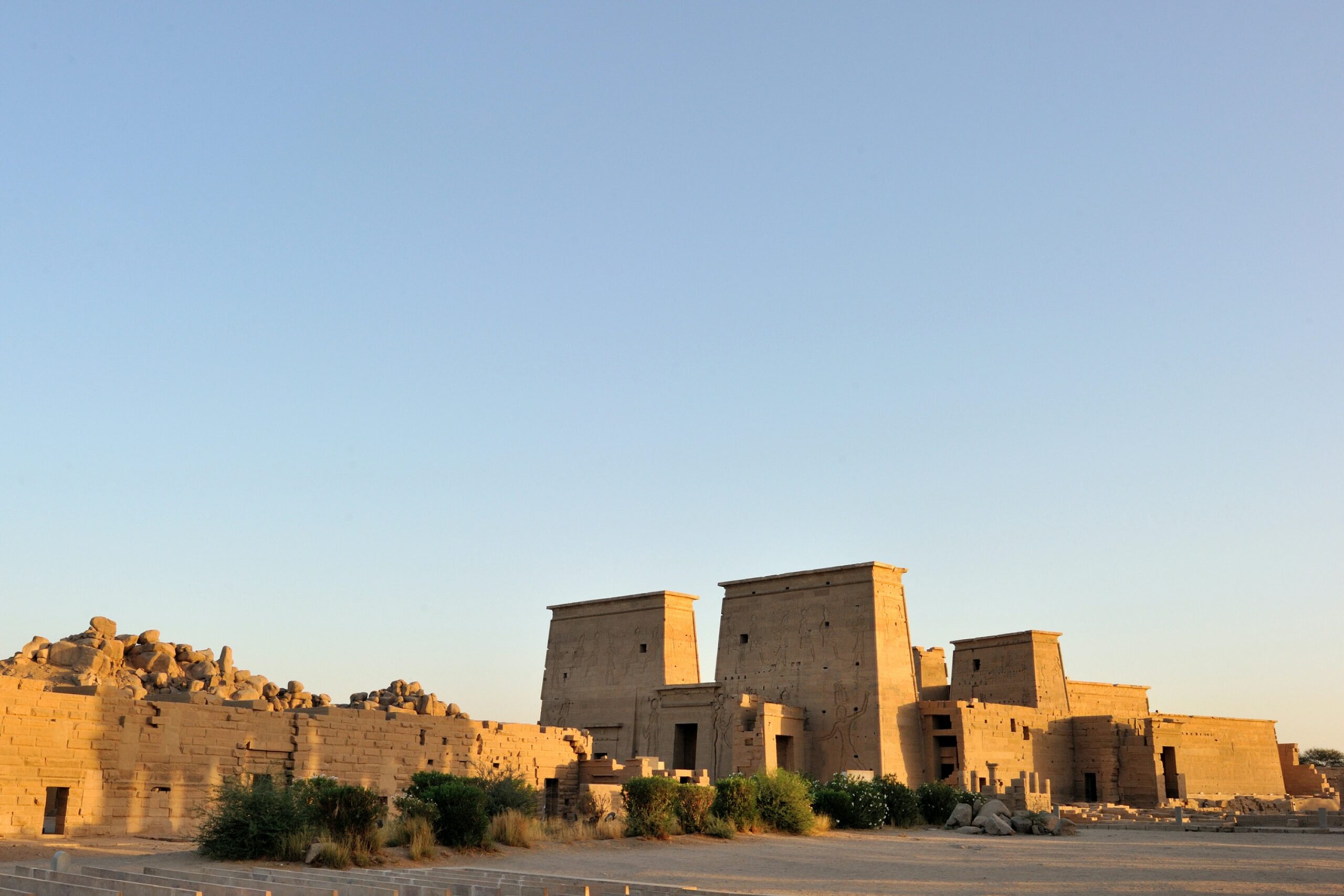
The three oldest buildings in the world
History is fascinating, and so much of our history can be told through the complexity of architecture. Here are the three oldest standing buildings in the world that still maintain requirements to be known as buildings, which can be seen here.
- Tumulus of Bougon, southwestern France. Year built: 4700 BC.
This structure is a tumulus, or mound of earth and stones raised over one or several graves. The Tumulus of Bougon is part of a complex of such graves, with the nearest city being Poitiers. In 1993, a modern museum was built near the tumulus to focus on the history of the structures. - Barnenez, western France. Year built: 4850 BC.
Barnenez, also called the Cairn of Barnenez, is a passage grave, meaning it is one or more burial chambers covered with stone or dirt, and has stone passages as walkways between the graves. Barnenez stands 72 m (236 ft) long, 25 m (82 ft) wide and over 8 m (26 ft) high, and has been partially restored. - Göbekli Tepe, southeastern Anatolia, Turkey. Year built: Between 10000 BC and 7850 BC.
This ancient monument was likely a temple, though its exact use has not been determined. It is 300 m (984 ft) in diameter and 15 m (49 ft) high. This is thought to have been built in multiple phases. Among the many complex architectural items found there, carved animals are believed to be most significant, as they were likely there as a sign of protection for the dead.
There are older structures across Europe, Africa, and Asia, but Göbekli Tepe is the oldest building that meets architectural requirements to be considered as such.